Law Firm Video Strategy: content that helps you earn trust
 We’re all in the trust business. Every. Single. One. Of. Us.
We’re all in the trust business. Every. Single. One. Of. Us.
But this is especially true when it comes to law firms and their attorneys. Which is why they need a law firm video strategy.
Law firms face unique challenges in marketing: conveying expertise and trustworthiness while making complex legal concepts accessible. This is where strategic video content can make a significant impact.
Starting with a Law Firm Video Strategy
When kicking off a video project, it’s crucial to ask the right questions. As a matter of fact, these are the five questions everyone should ask before they begin any video project.
Who’s your audience?
Easily, the most important question. Understanding your audience is critical. What do they care about? What challenges do they face? Tailoring your message to their specific needs and interests will make your video more engaging and impactful.
What’s the goal of your video?
It’s kind of crazy, but you’d be surprised how many communications pros don’t ask this question. You need to define what you want your video to achieve.
Are you looking to educate, inspire, or perhaps drive a specific action? Having a clear goal will shape your content strategy.
To go along with it, you should also figure out how you’re going to measure success. Will it be through engagement metrics, conversion rates, or other data? Setting these parameters upfront will help you evaluate the success of your project and inform future video projects.
Where will you show the video?
Next up, have an idea of what channels you plan to use (website, social media, live event, etc.). There are all sorts of options, which is why you need to think about it. In many cases, it might be multiple channels and that’s fine.
Determining the channel(s) will help you on how long the video should be.
Think push versus pull.
Social media video, you’re pushing it on people, so it should be short (1:00 or less). However, if it’s for your website, now it’s a pull situation. People have come to you, so the video can be longer (4-minutes or less).
What’s your story?
Video isn’t about facts and figures. Video is about emotion.
We’re not trying to appeal to the viewer’s brain. We’re targeting their heart, and the shortcut to the human heart is storytelling.
Use video to tell stories about your firm’s specialties, success stories, the clients you’ve helped, and the values you stand for. These stories can demystify legal jargon and showcase your firm’s human side, making legal services more relatable.
How will you promote the video?
Finally, you need to have a plan for promotion from the very start. This goes beyond knowing your channels. Put together a real plan for how you’re going to get this video out into the world.
It’s not good enough to post it on social once. Make your video(s) a regular part of your content calendar.
Don’t just put a video on the website. Think strategically about what pages will benefit most from having the video on them.
You can’t just expect people to find your videos. You have to know where your audience is and deliver the videos to them.
Production Quality Matters
Chances are you have worked hard to cultivate a stellar reputation for the firm.
Well, guess what?
The quality of your video reflects on your firm.
While there are certain video projects you can do in-house (short form videos for the top of your marketing funnel), the evergreen videos you put on your website or send directly to potential clients should probably be done by video pros.
I know, I’m a video producer.
But hear me out. High production values show professionalism and attention to detail, qualities clients look for in their legal representation.
While cost is a consideration, the investment in professional video production pays dividends in establishing your firm’s credibility.
Trust me, you can find quality video production that won’t bust your budget.
Legal and Ethical Considerations
Navigating the legalities of video content is very important. Ensure all videos adhere to client confidentiality agreements and include any necessary disclaimers. Ethical considerations should guide every piece of content you produce, maintaining the integrity of your firm.
Make sure you deal with video pros who get this and have experience producing videos for law firms.
Exploring Types of Videos for Law Firms
So… what types of video should you produce? You’re really only limited by your own imagination here.
Having said that, the following are some you should consider:
- About Us Videos: Who you are, what you do, and why you do it. Introduce the our firm, your team, and what sets you apart.
- Attorney Profiles: We hire people we feel like we know and trust. That’s why attorney profiles are so important. It’s a big step forward in earning the trust of a potential client.
- Client Testimonial Videos: Real stories from those you’ve helped can significantly bolster your credibility.
- Educational and FAQ Videos: Make legal concepts digestible for your audience, establishing your team as approachable experts. Start by asking the attorneys… what are the question clients always want to know? Produce videos that answer those questions.
- Case Study Videos: Highlight your firm’s approach and successes in a detailed manner, respecting confidentiality.
- Thought Leadership Videos: Position your lawyers as authoritative voices on pertinent legal issues and trends.
-
Behind-the-Scenes Videos: Show the human element behind your success, showcasing the dedication and care your team puts into every case. These are especially good for the bottom of your marketing funnel or the end of your flywheel. BTS videos are great to share with the clients you already serve, making them feel like they’re a part of your firm.
- Event Recap Videos: Share the highlights and key takeaways from legal seminars and charity functions your firm participates in.
- Legal Process Explainers: Clarify the steps in common legal proceedings, helping demystify the legal system for your clients.
- Recruitment Videos: I don’t have to tell you how competitive the job market is right now. Attract the best candidates by showcasing your firm’s culture and the opportunities you offer.
Having a law firm video strategy is a great way to connect with your audience, showcase your expertise, and humanize your brand. By following this strategic approach, your firm can not only stand out in a crowded market but also forge stronger connections with current and prospective clients, setting the stage for lasting success.
Every click counts and every impression matters, investing in a thoughtful video strategy is not just wise… it’s essential.
– Tony Gnau





 If you work in corporate recruiting, I don’t have to tell you how competitive it is to hire good people. It’s insane! Getting the right people on the bus is as tough as it’s ever been, which is why it’s so important to create high quality recruiting videos.
If you work in corporate recruiting, I don’t have to tell you how competitive it is to hire good people. It’s insane! Getting the right people on the bus is as tough as it’s ever been, which is why it’s so important to create high quality recruiting videos.
 When you absolutely need to get an important message to a community… email isn’t your only route. As a matter of fact, you should be using multiple methods.
When you absolutely need to get an important message to a community… email isn’t your only route. As a matter of fact, you should be using multiple methods.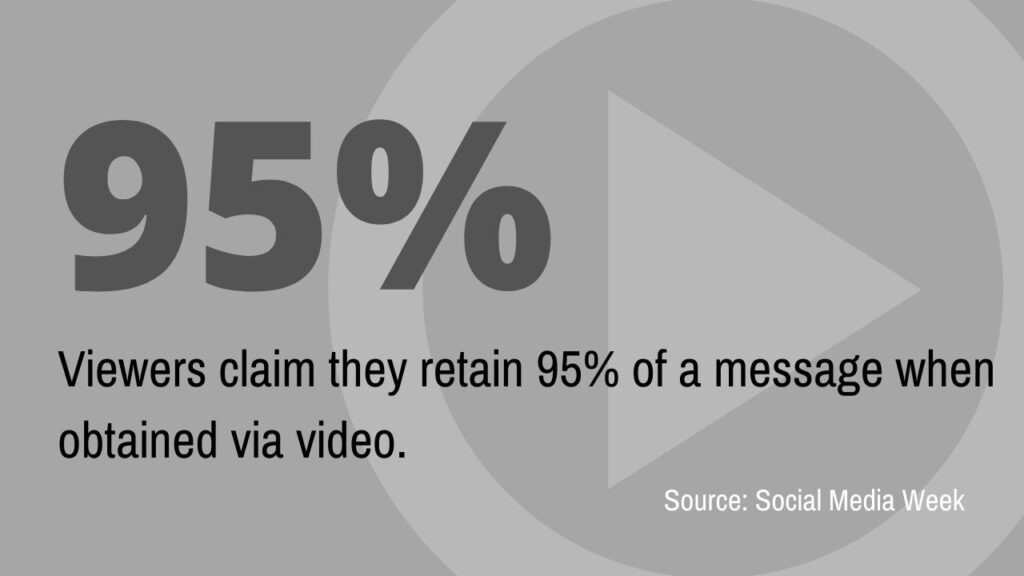
 There are many types of videos companies and organizations can produce, but there are some that stand above the crowd.
There are many types of videos companies and organizations can produce, but there are some that stand above the crowd.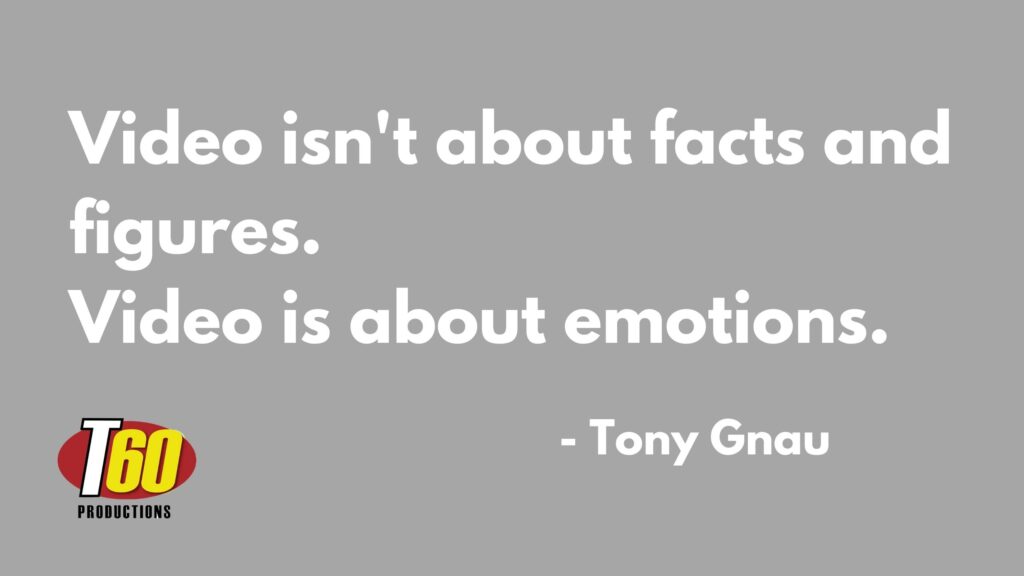

 Alright, let’s be upfront from the start. As a production company owner, I love the idea of video production retainers, but you might be surprised by the reason.
Alright, let’s be upfront from the start. As a production company owner, I love the idea of video production retainers, but you might be surprised by the reason.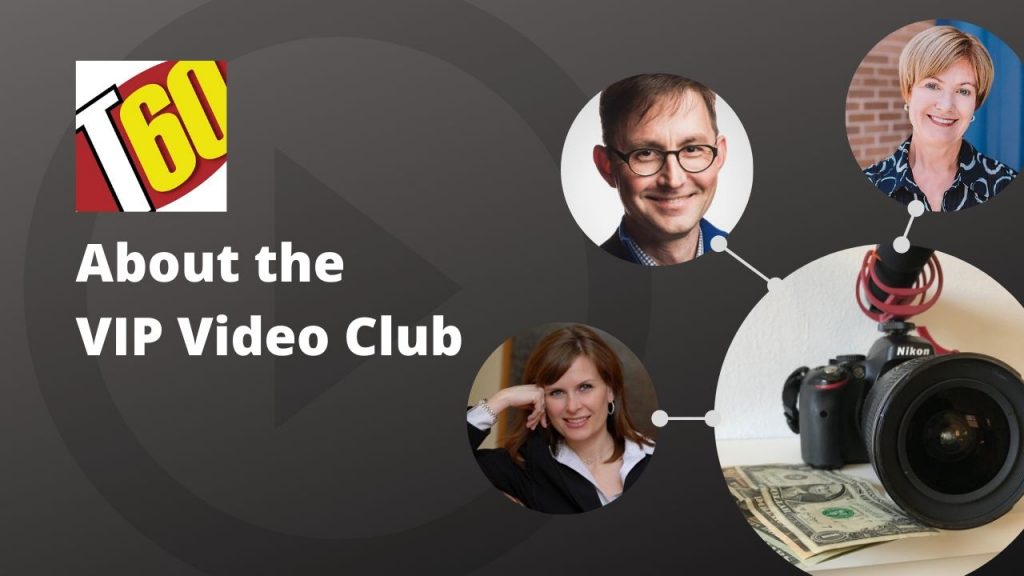
 Access
Access Integration
Integration Corporate Bonus
Corporate Bonus Video Retainers Are Good for Both Sides
Video Retainers Are Good for Both Sides Honored, humbled, grateful… once again we have been selected as Telly Award winners. This year we won another pair of trophies for our work. T60 has now won 17 Telly Awards since 2007.
Honored, humbled, grateful… once again we have been selected as Telly Award winners. This year we won another pair of trophies for our work. T60 has now won 17 Telly Awards since 2007.
 Let’s start by being honest with ourselves. There are countless examples of terrible corporate videos. Irrelevant About Us videos, boring product videos, uninteresting testimonials… but the crown jewel of them all are HR videos.
Let’s start by being honest with ourselves. There are countless examples of terrible corporate videos. Irrelevant About Us videos, boring product videos, uninteresting testimonials… but the crown jewel of them all are HR videos. The most important question
The most important question When in doubt, do this
When in doubt, do this

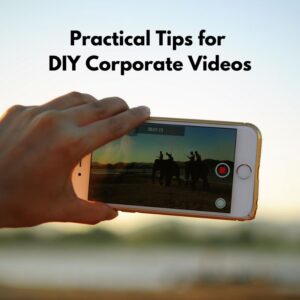 One of the great things about producing corporate video these days is you don’t need a pro to do it. Wait… did I really just write that? I am a video producer after all. Maybe I should re-think this.
One of the great things about producing corporate video these days is you don’t need a pro to do it. Wait… did I really just write that? I am a video producer after all. Maybe I should re-think this.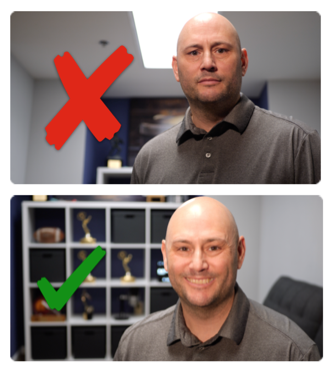 Tip: camera position
Tip: camera position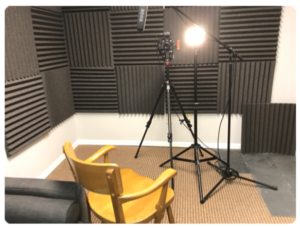
 BONUS TIP!
BONUS TIP!